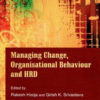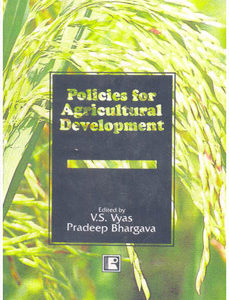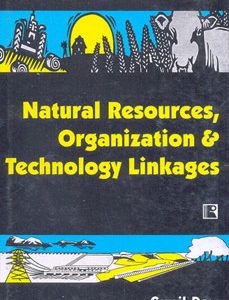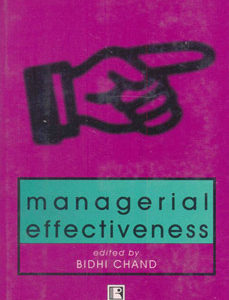ANCIENT INDIAN ECONOMIC THOUGHT: Relevance for Today
₹995.00 Original price was: ₹995.00.₹796.00Current price is: ₹796.00.
25 in stock
The study of ancient Indian economic ideas is likely to endow us with a deeper insight into our culture and tradition and the inherent national characteristics. Many scholars, particularly during the first half of the twentieth century, attempted to make an objective and unbiased evaluation of ancient Indian economic ideas explicitly or implicitly contained in ancient Indian writings, particularly in Vedas, Arthasastra, Ramayana and Mahabharata, Manusmriti, Sukraniti and several other ancient Indian texts.
“Ancient Indian Economic Thought: ” “Relevance for Today” deals with the two most well-known ancient Indian writings, Arthasastra and Manusmriti. This volume is distributed over eleven chapters, viz. Sources and Essence of Ancient Indian Tradition, Agriculture and Land Use, Environment and Ecology, Craft Industries, Role of the State Sector, Price Policy, Taxation and Fiscal Policy, Women’s Property Rights, Division of Labour, The Procedure of Making a Good Ruler, and Globalization. Each chapter has a declared focus in its approach as is evident in its presentation.
This volume is an extremely timely publication when the countries are putting more and more emphasis on the use of indigenous knowledge and ideas in the development of their economies in a sustainable manner as the limitations of imported theories and technologies for economic development are becoming evident especially for the low-income economies in the beginning of the third millennium. Researchers and general readers will find this volume fruit-bearing and useful in the area of policy making.
| Author's Name | |
|---|---|
| Binding | |
| Release Year | |
| Language | |
| Publisher |
Related products
Business & management
Business & management
REFASHIONING THE NEW ECONOMIC ORDER: Karnataka in Transition
Business & management
POLICIES FOR AGRICULTURAL DEVELOPMENT: Perspectives from States
Business & management
COMPARATIVE ECONOMICS SYSTEMS: Culture, Wealth, and Power in the 21st Century
Business & management
NATURAL RESOURCES, ORGANIZATION AND TECHNOLOGY LINKAGES: Case of Wool-based Industry
Business & management
Business & management
Business & management











